Why Are Vicuna Clothes So Expensive?
Vicuna wool is immediately distinguished by its rich, golden-brown natural color. It was formerly known as the Gold of the Andes and was only bestowed by the Incas royalty. Known for its unparalleled strength and softness, The Incas thought it was a gift from Viracocha to help them overcome the harsh Andean climate.
Nowadays, these same properties make Vicuna an excellent choice for luxury clothing. But why is that, exactly?
Vicuna wool is the world's finest and rarest wool. It's derived from the vicuna, a little llama-like creature native to Peru. These wild south American camelids inhabit the high alpine areas of the Andes mountains, where it is subjected to significant climatic fluctuations. And although the animals appear frail, they are built to withstand extreme living conditions.
Vicunas live at elevations ranging from 3200 to 4800 meters, feeding during the day in the grassy plains of the Andes Mountains and sleeping on the slopes at night. The sun's rays can penetrate the thin atmosphere, resulting in reasonably mild temperatures during the day, but temperatures fall below freezing during the night. The thick yet soft coat of the vicuna is a unique adaption that traps layers of warm air close to its body, allowing it to withstand frigid conditions.
The finer the fiber, the softer and more valuable it is in the world of textiles...
Their puffy, highly insulating fleece is truly astonishing. It is considered the world's finest natural fiber, with individual fibers reaching measuring only 12 microns in diameter (by contrast, cashmere ranges from 14 to 19 microns, and mohair, about 25 microns).
It has scales on its hollow, air-filled fibers which trap and insulate air. This essentially means you'll feel the softest touch to the hand and also be able to wear a thinner coat and feel as warm. This is what makes it such an incredible and unique fabric. These characteristics ensure not only premium quality, but also a level of performance unmatched by any other fiber.
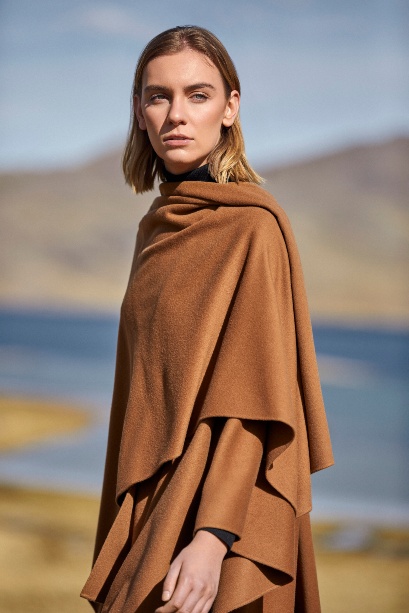 |
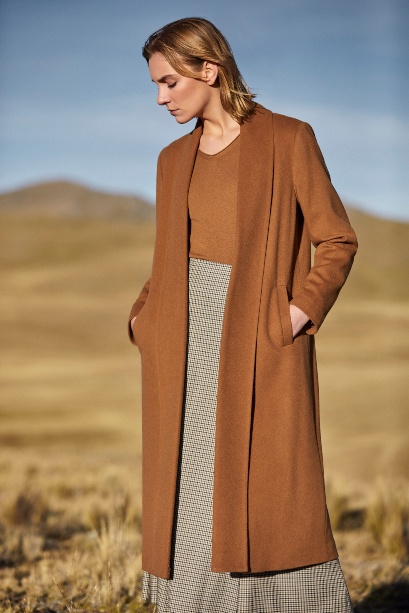 |
The time-consuming process of gathering the vicuna's slow-growing wool makes it all the more exclusive...
During pre-Columbian times, the vicuna population was estimated to be between one and two million copies, but it was threatened with extinction after the arrival of the Spaniards and their indiscriminate slaughter in order to bring its fiber to Europe.
The Convention on the Conservation and Management of the Vicuna, signed by Peru, Bolivia, Chile, and Argentina, has allowed for the recovery of this camelid, understanding that keeping vicuna populations wild is the cheapest and most efficient approach to safeguard them.
In order to use this fiber in the textile industry, Kuna works together with the Andean communities who watch over this splendid camelid in the wild Andean plateaus. Once every three years, the Inca tradition of "Chaku" occurs (as described by Inca Garcilaso de la Vega in his "Royal Commentaries of the Incas").
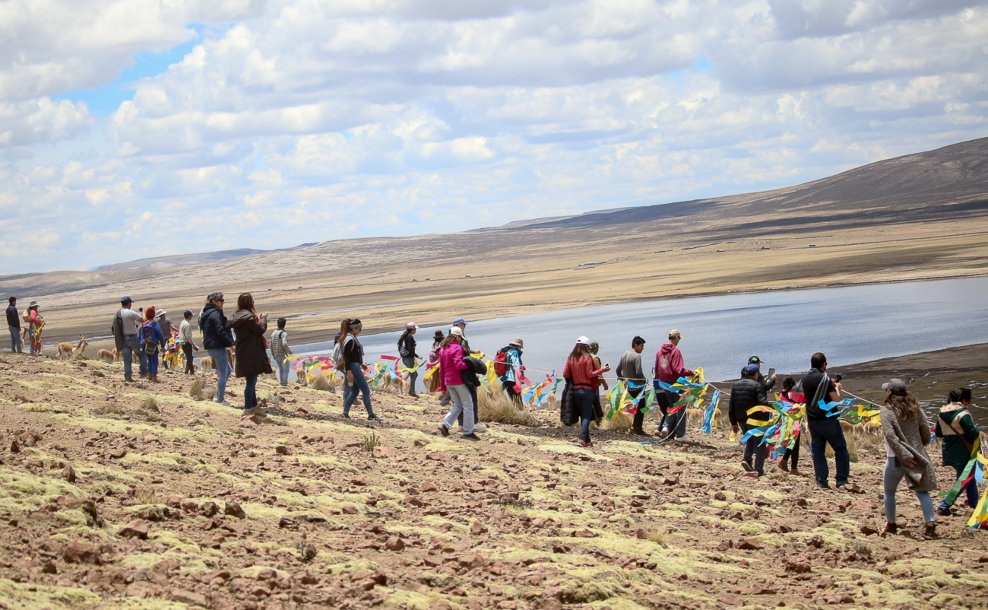
It is the ritual in which the population of this Andean camelid is captured, sheared, and a census is taken. This rodeo is still performed today as an example of how the great value of its fiber can be utilized in favor of its preservation. After it has been sheared using ancient methods that do not harm the animal, the fiber is combed entirely by hand.
To own a garment with the Kuna label means to possess something from nature, in its purest state. Each Vicuna item comes in a wooden box and includes a CITES certificate proving the fiber came from government-controlled shearing operations on live animals.
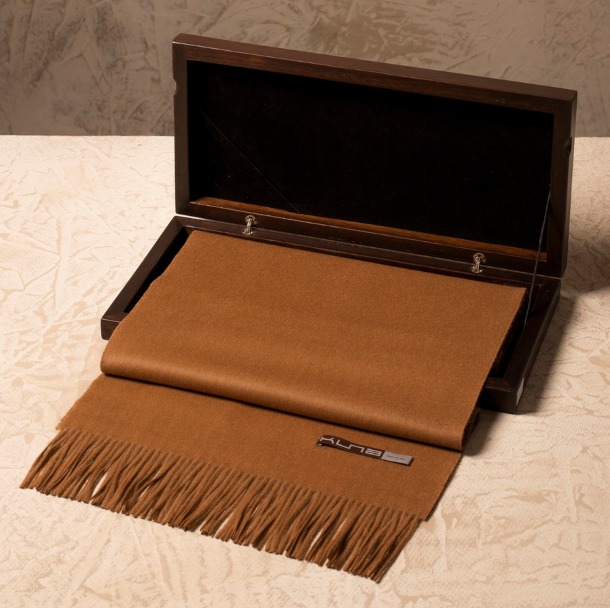 |
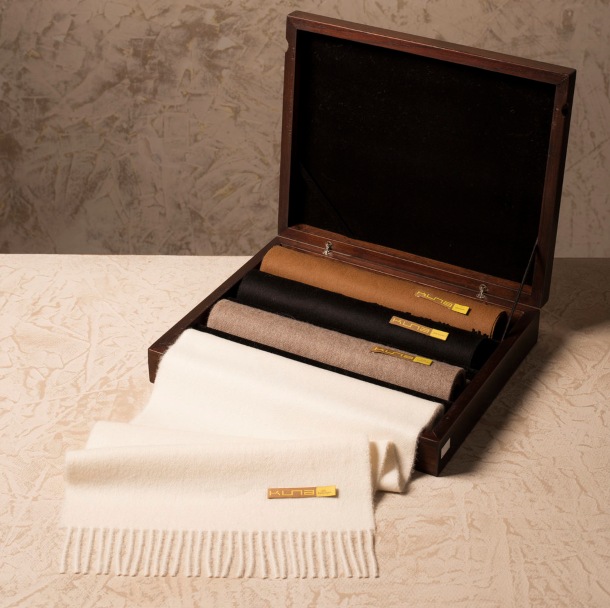 |
We at Alpaca Collections are a Peruvian clothing store committed to bringing the best of Peru and the Andean textile heritage to you. We highly encourage you to check out our Vicuna Section! If you have any questions or there's anything we can help you with, don't hesitate to contact us at [email protected].

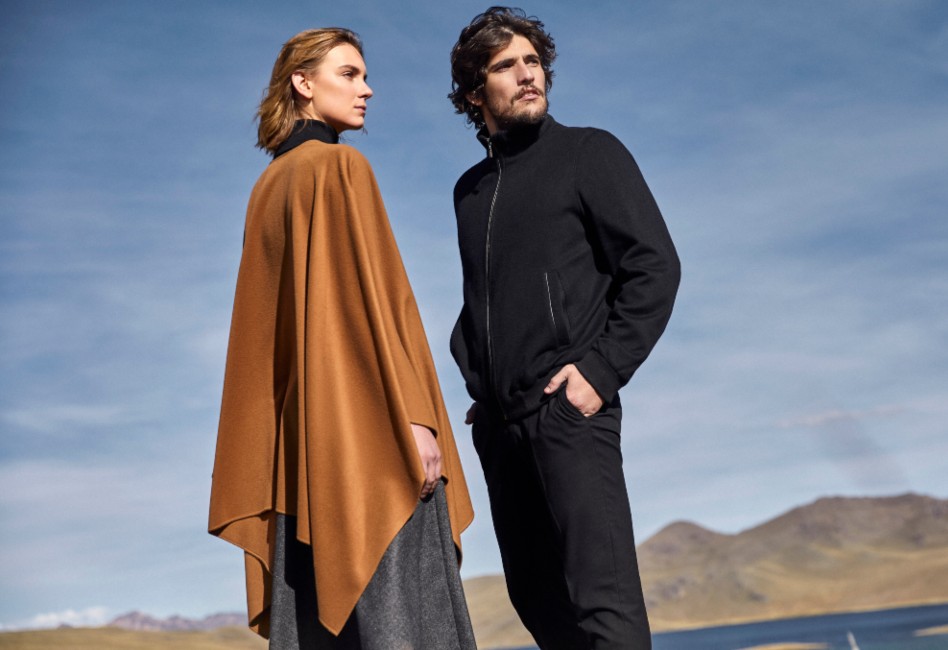
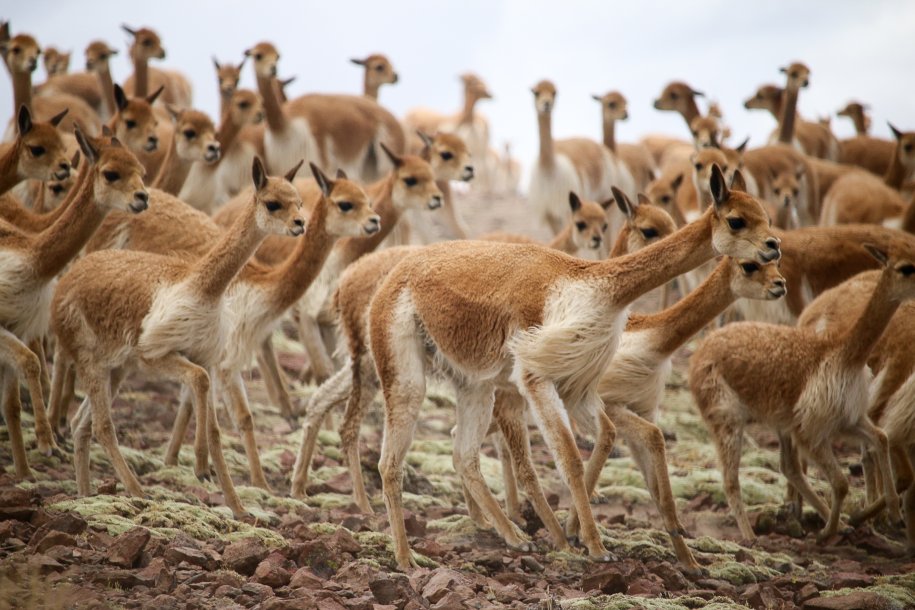
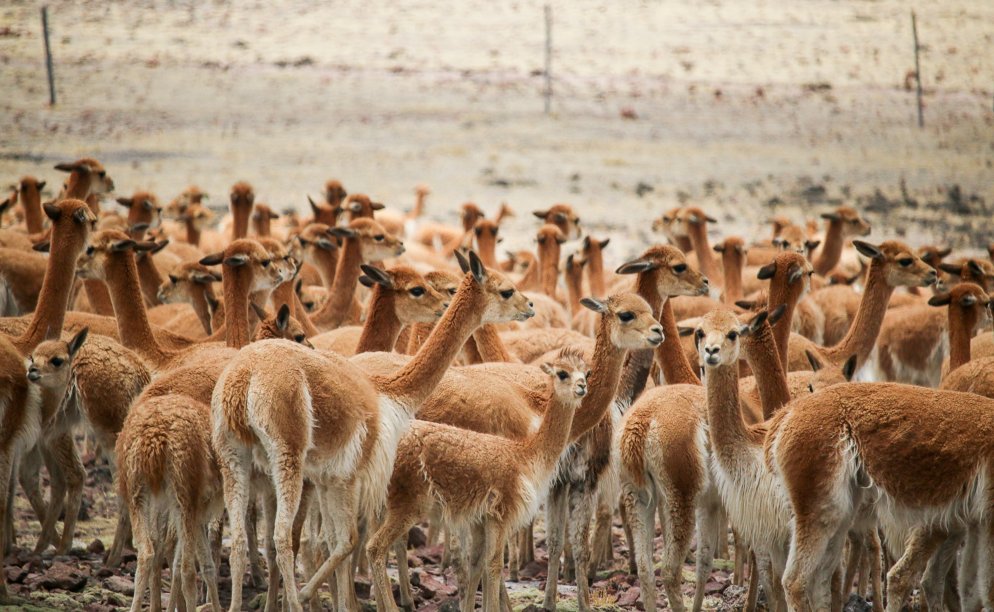
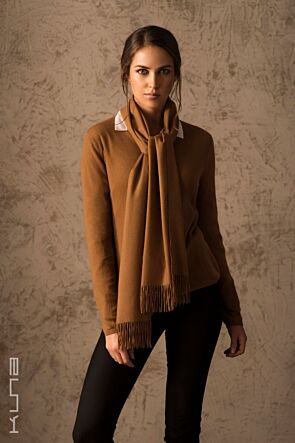
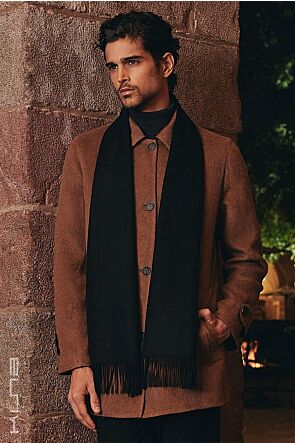
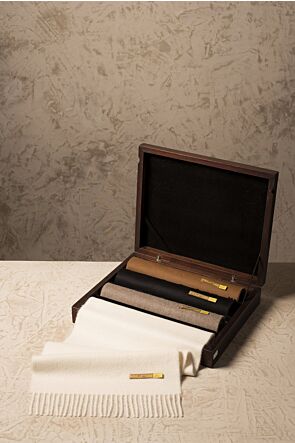
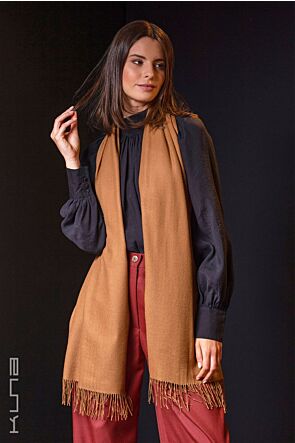

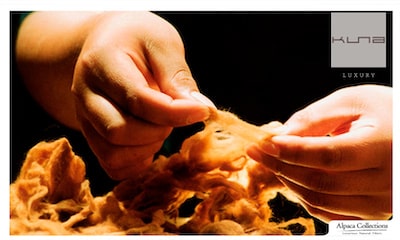
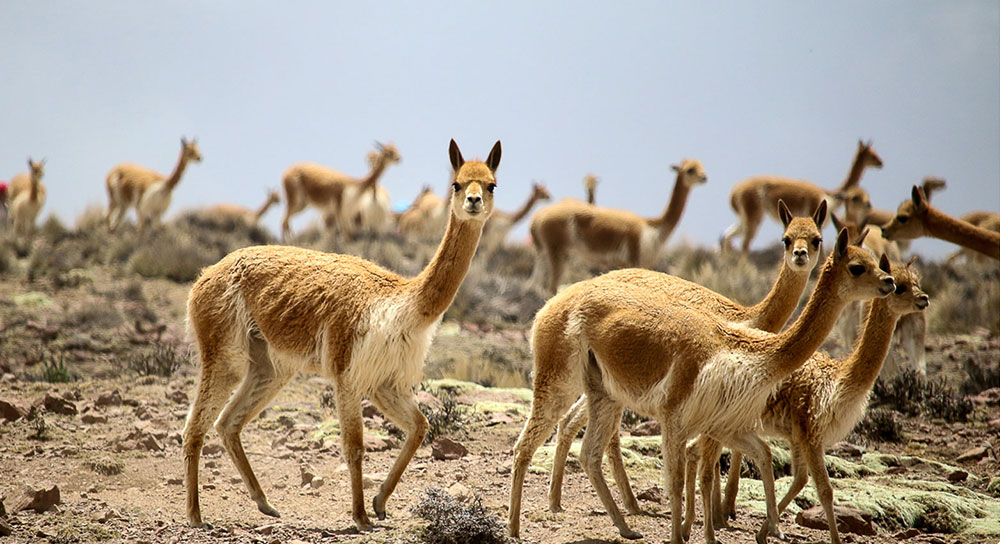
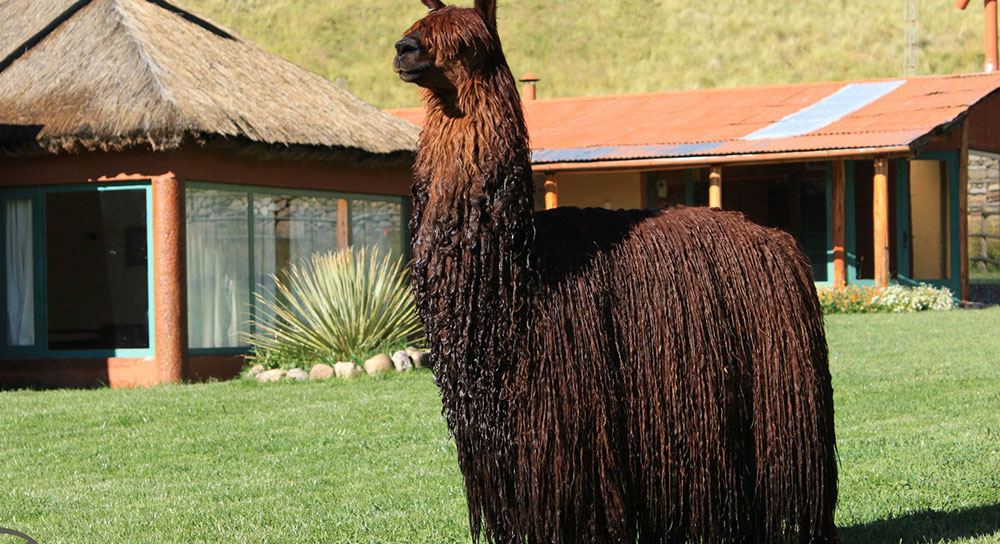
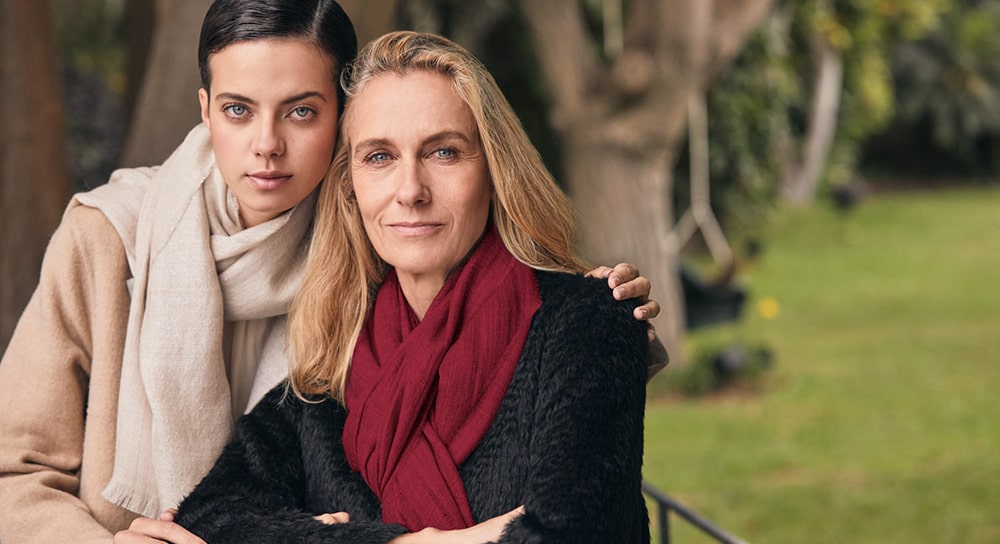
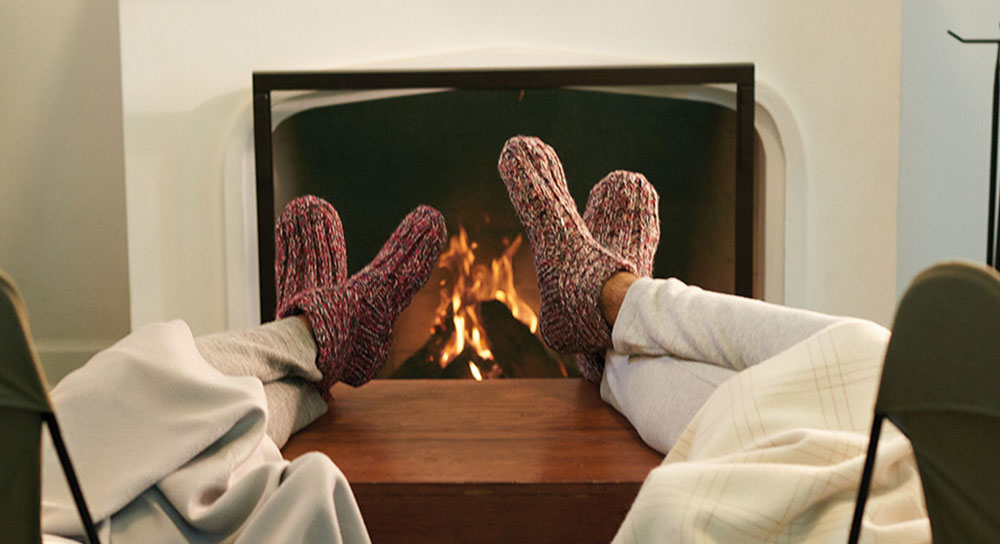
Comments
Leave A Reply
Your email address will not be published.